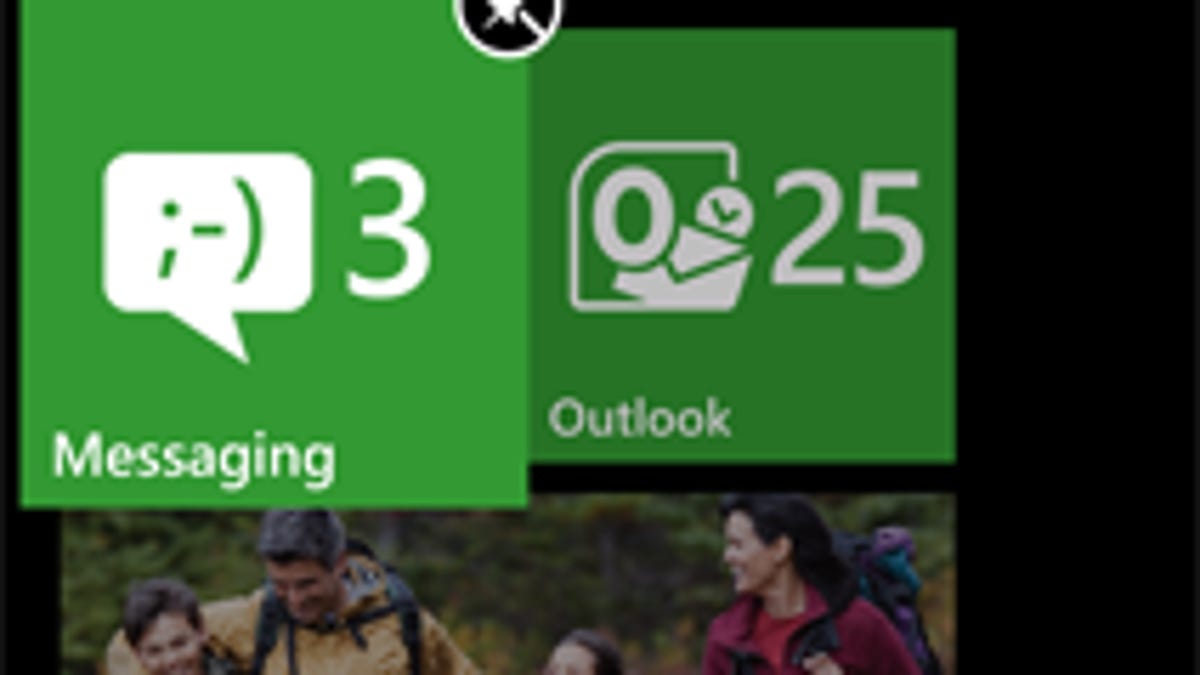NPD: Windows Phone 7 off to a slow start
Microsoft's new smartphone platform nabbed 2 percent of smartphone sales during the last three months of 2010, according to an NPD study. Surprisingly, its predecessor did better.

While Microsoft has already let us in on the number of Windows Phone 7 handsets it's sold to carriers and OEMs worldwide, the bigger picture--as in how many consumers have actually made purchases--has been left up to research firms and retailer surveys. New numbers released by the NPD Group bring that picture into focus.
Windows Phone 7 gained 2 percent of the U.S. smartphone market during the last three months of 2010, NPD said in a research report that covers unit sales during that time. That's compared to Android's 9 percent growth over the previous quarter, bringing it to 53 percent of sales; Apple's iOS, which went down 4 percent to 19 percent; and RIM's 2 percent drop down to 19 percent.
One rather important detail to note here is that Microsoft's Windows Phone 7 wasn't launched until the end of October in the United Kingdom, Australia, and some Asian markets, and in early November in North America. This means its two months of sales went up against more established competitors that were counted for all three months. One of those established platforms ended up being Windows Mobile--Windows Phone 7's predecessor--which NPD says actually eclipsed Windows Phone 7 in terms of its market share during the same time period.
"Despite buy-one-get-one promotions at both AT&T and T-Mobile, the Windows Phone 7 OS claimed less market share than its predecessor, Windows Mobile, for which handsets are still available at all four major U.S. carriers," Ross Rubin, executive director of industry analysis for NPD, said in a statement. Rubin added that Windows Phone 7's launch share for the quarter had been lower than Android or Palm's WebOS, according to the company's Mobile Phone Track reports.
As for how much that share was, NPD said that Windows Mobile sat at 4 percent of the consumer market during the quarter, compared to 7 percent from the year before.
Later this year, Microsoft plans to offer a CDMA version of Windows Phone 7, which will make the new platform available on all the major carriers. As it stands right now, the device has been available only to carriers that make use of GSM technology. At CES, Microsoft said it was still on track to deliver a release of the software that would work with CDMA networks by the first half of 2011.

